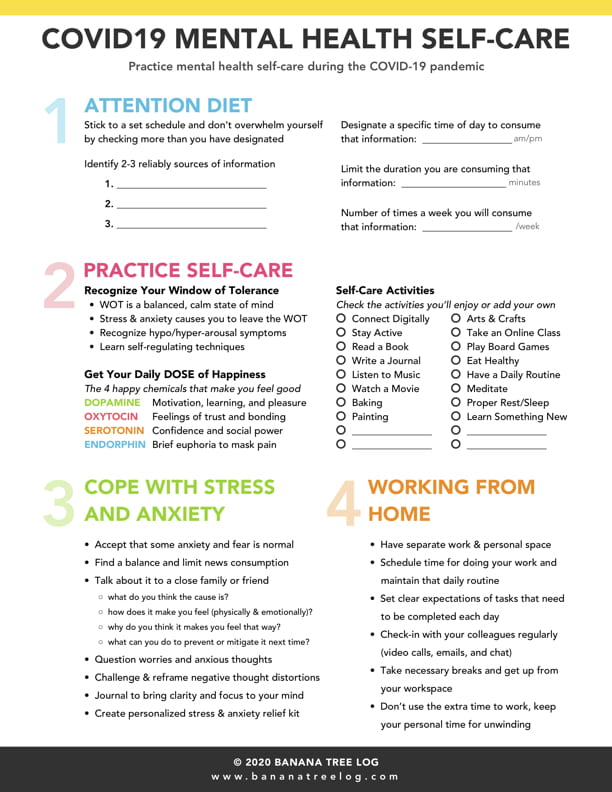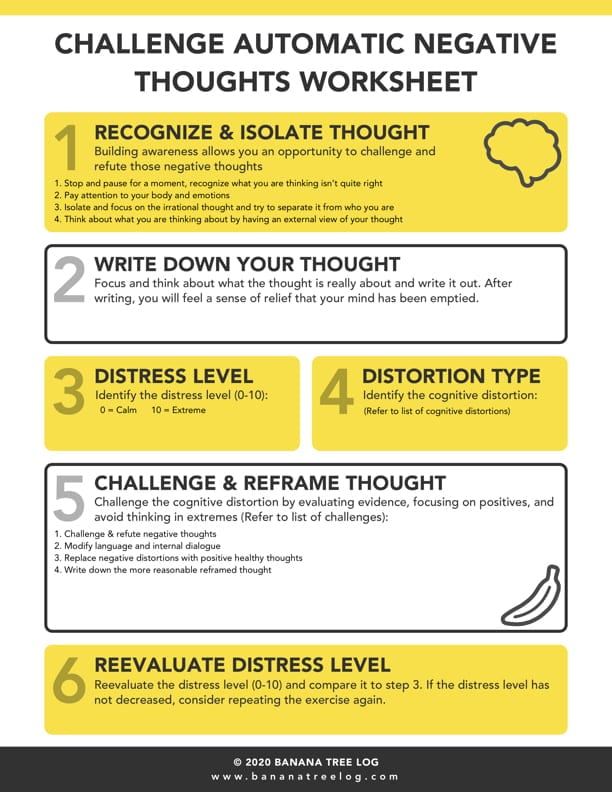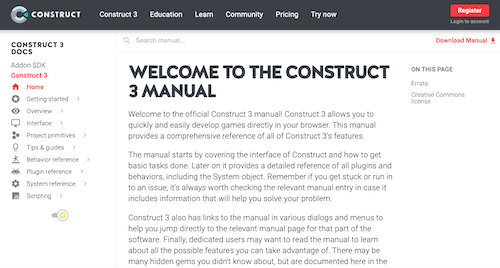Summary
- I chose this game so I could call it bad because it doesn’t compare to apex legends
Game Play Analysis
| Formal Elements | |
| The Basics | |
| Name of the game | Fortnight |
| The platform | ps4 xbox one pc mobile |
| Time played (should be at least 30 minutes) | an hour-ish |
| If you could work on this game (change it), what would you change and why? | I’m very biased from the superior game apex so I would change the two of the biggest features the fact the you move at the speed of a snail and the fact that the weapons are highly based on level I prefer when all weapons are equal in a way |
| Players | NOTES |
| How many players are supported? | 100 per match |
| Does it need to be an exact number? | no |
| How does this affect play? | you might occasionally be in a small squad but the game is mostly bots so it does not affect the game that much |
| Some types of player frameworks:Single Player – like Solitare.Head-to-head – 1 vs. 1, Chess.PvE – Player vs. Environment, or multiple players vs. the game. Common in MMOs like World of Warcraft.One against Many – Single-player vs. multiple (obvy).Free-for-all – Every man for himself (1 vs. 1 vs. 1 vs. 1..). Most common for multiplayer games, from Monopoly to Modern Warfare.Individuals Against the System – Like Blackjack, where the Dealer is playing against multiple players, but those players have no effect on each other.Team Competition – Multiple vs. multiple, i.e. sports.Predator-prey – Players form a circle and everyone’s goal is to attack the player on their left and defend themselves from the player on their right.Five-pointed Star – Eliminate both players who are not on either side of you. | group vs groups one vs everyone else and duos vs duos |
| Objectives/Goals | NOTES |
| What are the players trying to do? | last squad or one alive |
| Some common objectives include:Capture/Destroy – Eliminate all your opponents pieces (Chess).Territorial Acquisition – Control as much territory as you can, not necessarily harming other players (RISK).Collection – Collect a certain number of objects throughout the game (Pokemon).Solve – Solve a puzzle or crime (Clue).Chase/race/escape – Anything where you are running towards or away from something (playground game Tag).Spatial Alignment – Anything involving the positioning of elements (Tetris or Tic-Tac-Toe or that game at Cracker Barrel).Build – Advance your characters or build your resources to a certain point (The Sims).Negation of another goal – The game ends if you perform an act that is forbidden by the rules (Jenga or Twister). | |
| Rules/Mechanics | building and breaking of buildings is included but the slow movement forces you to use building as your only form of defense |
| There are three categories of (what the book Rules of Play calls) operational rules:Setup – the things you do at the beginning of a game.Progression of Play – what happens during the game.Resolution – How an outcome is determined based on the game state. | last one alive wins |
| Controls | NOTES |
| What controls are used? | their are many different default controls but you can customize your own |
| Was there a clear introductory tutorial? | no |
| Were they easy to understand or did you find yourself spamming the controller? | since you can change it and see it its easy |
| Resources & Resource Management | NOTES |
| What kinds of resources do players control? | building materials guns ammo healing and other miscellanies items mostly for movement or as weapons. |
| How are they maintained during play? | you use them mostly during before or after a battle |
| What is their role? | to help you win |
| A resource is everything under the control of a single player. Could be the money in Monopoly or health in WoW. Other examples are:Territory in RISK The number of questions remaining in 20 Questions Objects picked up during videogames (guns, health packs, etc.)Time (game time, real-time, or both)Known information (like suspects in Clue) | |
| Game State | NOTES |
| How much information in the game state is visible to the player? | kills, spectators, inventory, chat, materials |
| A snapshot of the game at a single point is the game state. The resources you have, the un-owned properties in Monopoly, your opponent’s Archery skill all count towards the game state. Some example information structures are:Total Information – Nothing is hidden, like Chess.Info per player – Your hand of cards is only visible to you.One player has privileged info – Like a Dungeon Master.The game hides info from all players – Like Clue, where no one knows the victory condition.Fog of War – In video games, where certain sections of the map are concealed if you do not have a unit in sight range of that area. You also cannot see other players’ screens, so each player is unaware of the other’s information. | |
| Sequencing | NOTES |
| In what order do players take their actions? | all at once |
| How does play flow from one action to another? | you will change for example to aim or to heal but it all depends on the outcome of the previous event. |
| Some structures include:Turn-based – Standard board game technique.Turn-based with simultaneous play – where everyone takes their turn at the same time (like writing something down or putting a card down in War).Real-time – Actions happen as fast as players can make them. Action-based video games.Turn-based and time limits – You have this long to take your turn. | |
| Player Interaction | fighting |
| Some examples:Direct Conflict – I attack you.Negotiation – If you support me here, I’ll help you there.Trading – I’ll give you this for that.Information Sharing – If you go there, I’m warning you, a trap will go off. | you can friendly an enemy with the universal crouch un-crouch but the bots and 9 year olds wont know it |
| Theme & Narrative | NOTES |
| Does it have an actual story structure? | no |
| Is it based on a historical event (or similar)? | no |
| Does the theme or narrative help you know how to play? | no |
| Does it have emotional impacts? | not even a little |
| Also, look for en media res (does it start in the middle of the game)? | no |
| The Elements in Motion | NOTES |
| How do the different elements interact? | the bad movement forces you to build |
| What is the gameplay like? | walking (at snail speed) to find loot or enemies |
| Is it effective? | no |
| Are there any points where the design choices break down? | no |
| Design Critique | NOTES |
| Why did the designer make these particular choices? | to make 9 year old children want to spend money on it |
| Why this set of resources? | to make the game fun (but not really.) |
| What if they made different decisions? | it would probably be better |
| Does the design break down at any point? | to me the whole game is broke down but not specifically |
| Graphics & Sound | NOTES |
| Does the game art pair well with the mechanics? | the game art actually is pretty good because they don’t try to hard to make it realistic and end up with garbage |
| Did you find any bugs or glitches? | no |
| What about sound? | the sound quality is ok |
| Can you spot any technical shortcuts? | no |
| Various Stages of the Game | NOTES |
| To wrap up, some things to keep in mind (as if there aren’t enough already) as you play: | |
| What challenges do you face, and how do you overcome them? | the main challenge is not getting attacked by two groups at once in that circumstance you either take them on or run |
| Is the game fair? | kinda |
| Is it replayable? Are there multiple paths to victory or optional rules that can change the experience? | its re-playable but not nearly as good as apex |
| What is the intended audience? | 9 year olds for every version except maybe PC |
| What is the core, the one thing you do over and over, and is it fun? | you fight people and well i like fighting people fortnight just doesn’t have the challenge required for it to be truly repeatable |
This analysis form was adapted from https://notlaura.com/a-template-for-analyzing-game-design/






